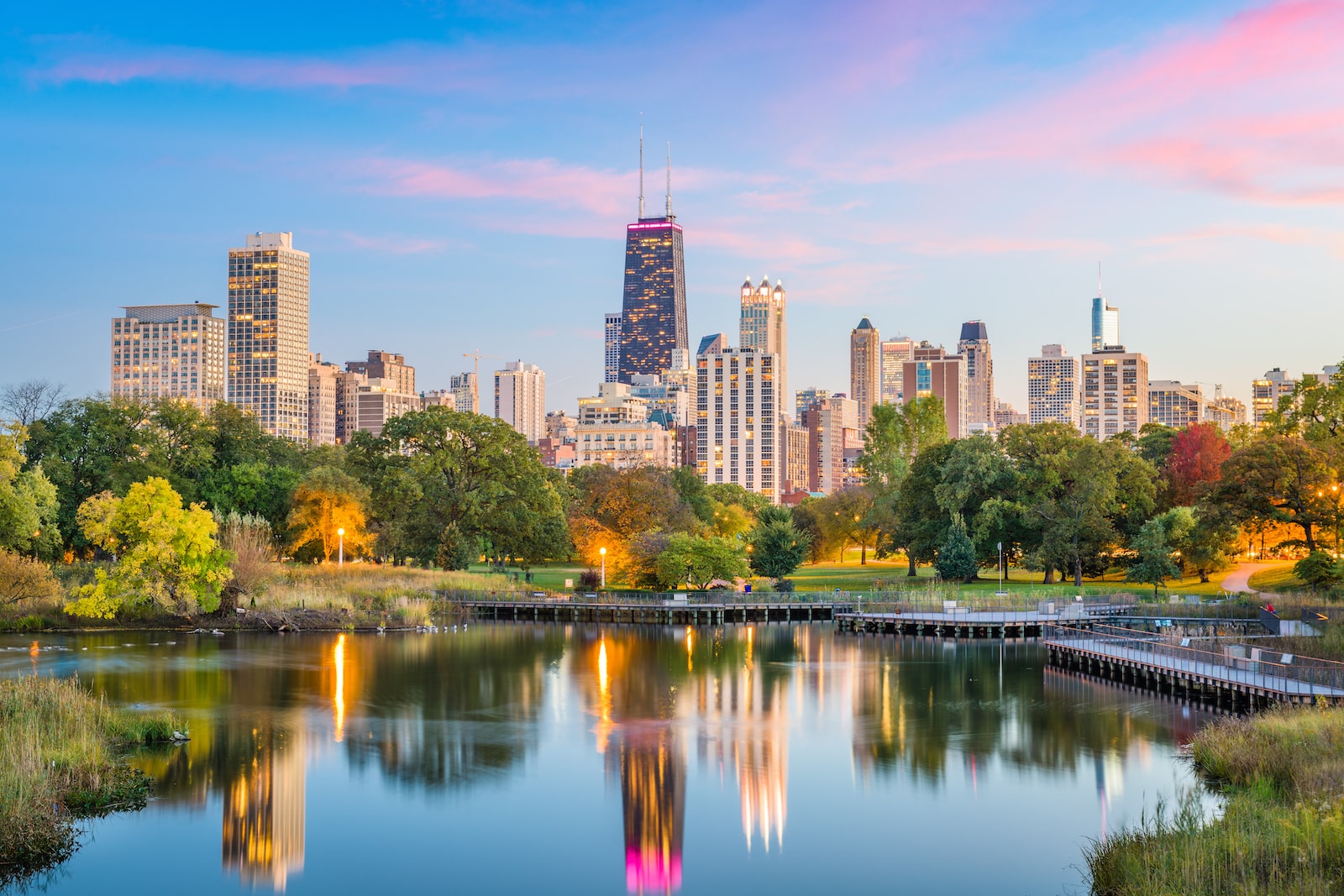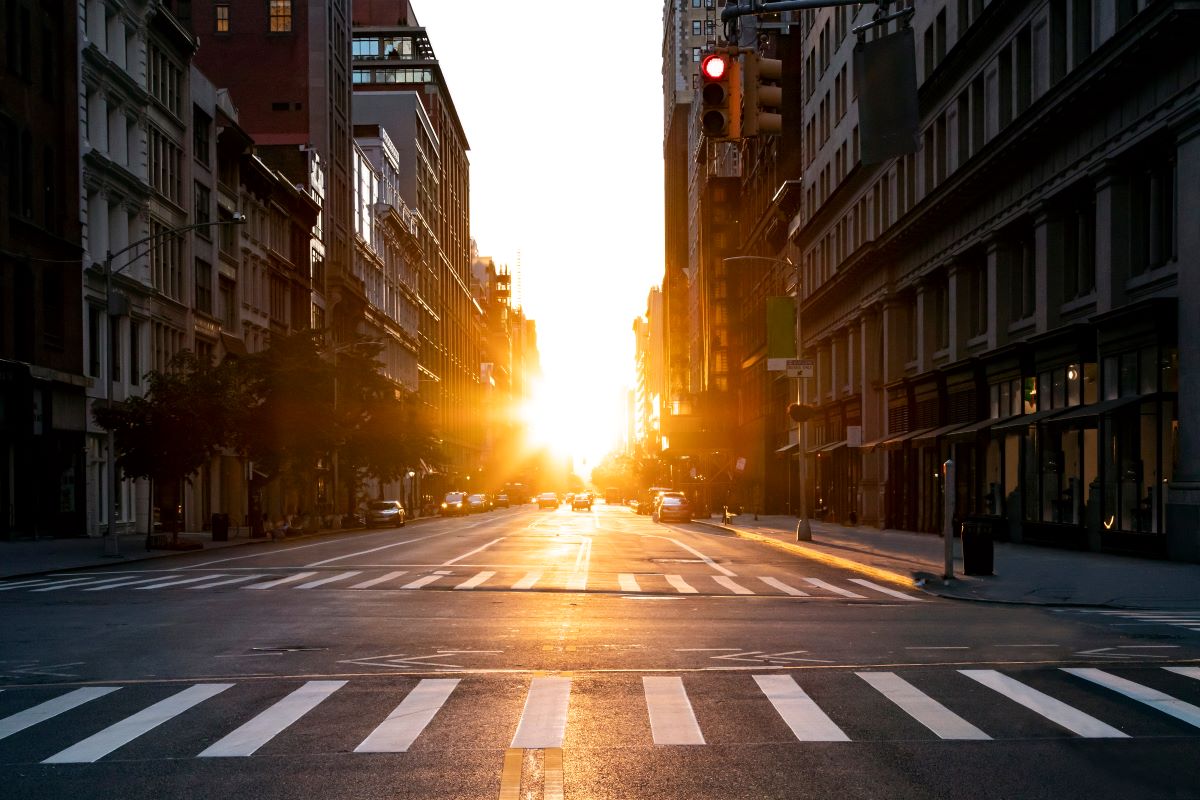When you think of cities, you might imagine bustling streets, towering skyscrapers, and endless opportunities. But beneath the surface, some urban areas have earned a notorious reputation for being the breeding grounds of some of America’s most infamous serial killers.
Los Angeles: The City of Angels’ Dark Side

Los Angeles is known for its glitz and glamour, but it has also been the hunting ground for serial killers like Richard Ramirez, the Night Stalker, and the Grim Sleeper, Lonnie David Franklin Jr. The Los Angeles Times has chronicled how the city’s sprawling urban landscape and transient population have made it a fertile ground for such criminals.
New York City: The Big Apple’s Rotten Core

New York City, with its dense population and anonymity, has seen its share of serial killers. David Berkowitz, aka the Son of Sam, terrorized the city in the 1970s, while the Zodiac Killer and Joel Rifkin added to the city’s dark legacy. The New York Times reports that the city’s vast size and diverse population create a cover of invisibility for such predators.
Chicago: The Windy City’s Whispers of Horror

Chicago’s history includes the infamous H.H. Holmes, who built a “Murder Castle” during the 1893 World’s Fair. More recently, John Wayne Gacy’s gruesome murders shocked the nation. According to Chicago Tribune, the city’s complex social dynamics and economic disparities have contributed to its dark past.
Seattle: Emerald City’s Shadows

Seattle might be known for its coffee and tech scene, but it was also the home of the Green River Killer, Gary Ridgway, who confessed to murdering 49 women. The Seattle Times suggests that the city’s isolated areas and booming economy during Ridgway’s time created an environment where vulnerable populations went unnoticed.
Detroit: Motor City’s Murders

Detroit’s decline in economic stability has been mirrored by an increase in violent crime. Carl Eugene Watts, known as the Sunday Morning Slasher, operated in the Detroit area, preying on women. The Detroit Free Press has discussed how urban decay and economic hardship contribute to a higher crime rate, creating an environment where serial killers can thrive.
Boston: The Boston Strangler

Boston’s historic charm was marred by Albert DeSalvo, the Boston Strangler, who terrorized the city in the early 1960s. The Boston Globe highlights how the city’s layout and social structure during that period created opportunities for DeSalvo to commit his heinous acts.
Houston: The Texas Killing Fields

Houston’s proximity to the infamous Texas Killing Fields, where numerous bodies have been found since the 1970s, adds to its dark reputation. Dean Corll, known as the Candy Man, lured boys to their deaths in Houston. The Houston Chronicle covers how the city’s sprawling nature and rapid growth contributed to these crimes going unnoticed for years.
Why Cities?

Urban areas provide the perfect cover for serial killers due to their size, diversity, and often transient populations. The anonymity afforded by large cities makes it easier for serial killers to blend in and evade capture. According to criminologists, the lack of community cohesion and increased opportunities for victimization in cities contribute to this phenomenon.
Social Factors

Social factors, including economic disparities, homelessness, and drug addiction, are prevalent in cities and often lead to higher crime rates. Serial killers often exploit these vulnerabilities. The Journal of Criminal Psychology notes that many serial killers prey on those they believe will not be missed, a sad reflection of society’s failures.
Law Enforcement Challenges

The sheer volume of crime in urban areas can overwhelm law enforcement, making it difficult to connect cases and identify patterns. Resources are often stretched thin, and the bureaucratic complexities of city governance can impede efficient investigation, as discussed in Police Quarterly.
Awareness and Prevention

Increasing awareness and improving social support systems are crucial in preventing such heinous crimes. Community vigilance, better mental health resources, and robust law enforcement strategies can make a difference.As the FBI Behavioral Analysis Unit suggests, understanding the common traits and methods of serial killers can help in developing better prevention and intervention strategies.
Urban Safety

While cities offer many advantages, it’s essential to be aware of their darker side. By addressing the underlying social issues and improving community cohesion, we can work towards making our urban environments safer for everyone.
Featured Image Credit: Shutterstock / Ryan DeBerardinis.
For transparency, this content was partly developed with AI assistance and carefully curated by an experienced editor to be informative and ensure accuracy.





